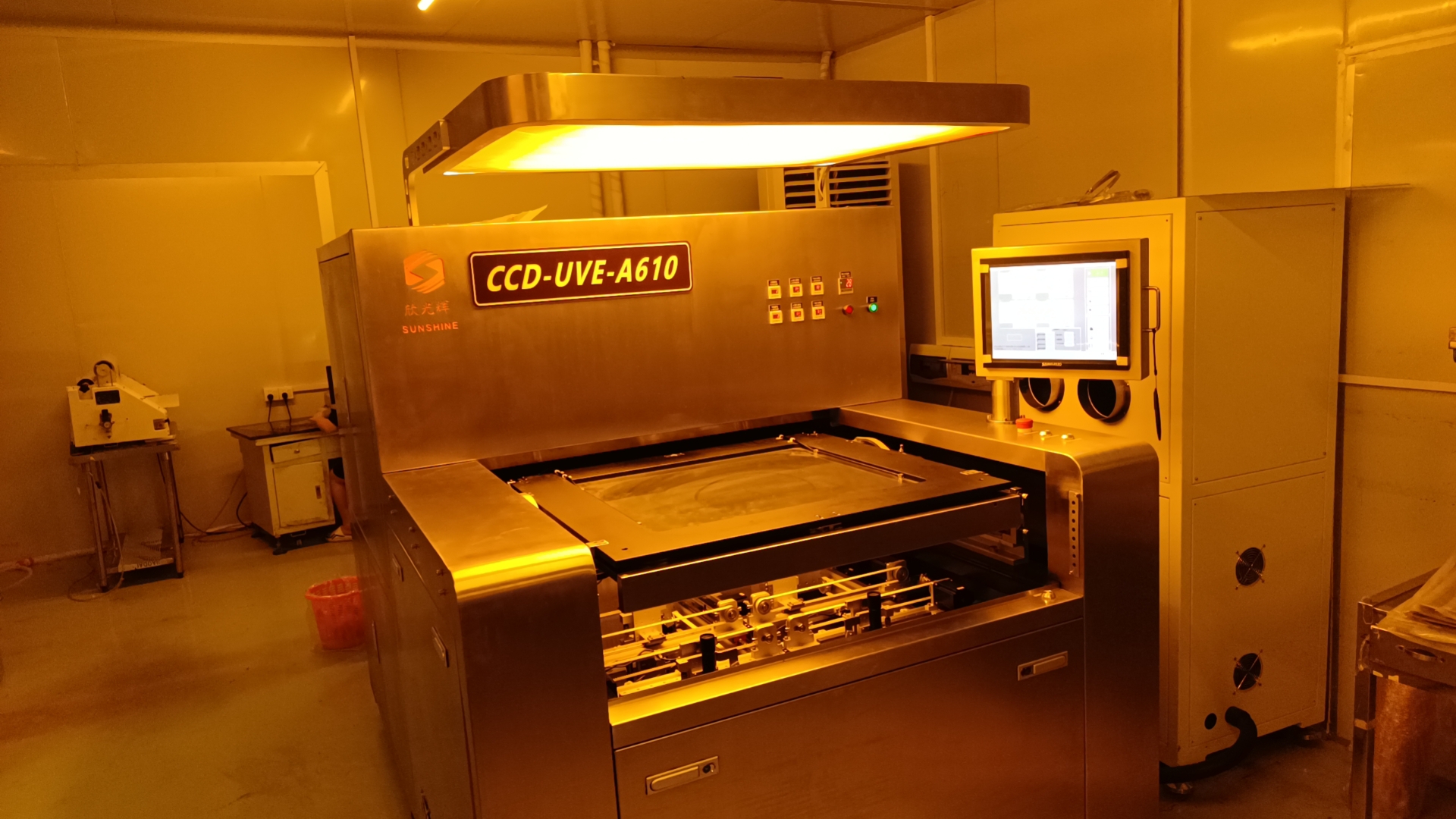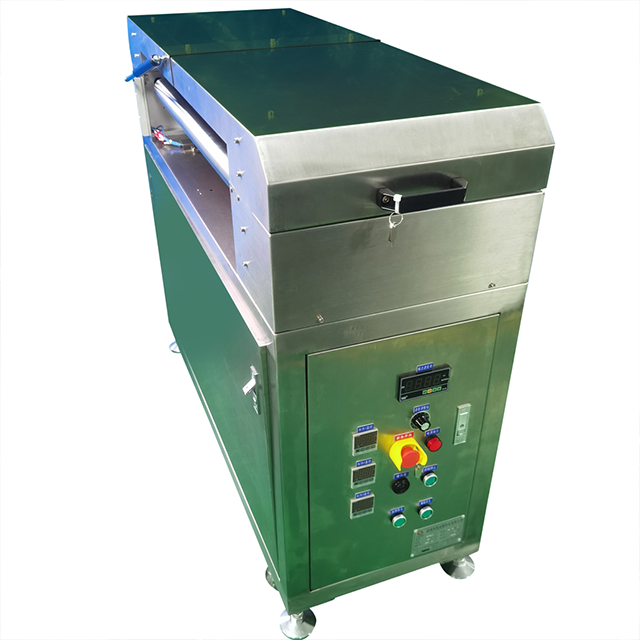
Have you ever wondered how modern electronic devices are made with such precision? The answer lies in PCB CNC machines. These machines play a crucial role in the production of printed circuit boards (PCBs), a key component in electronics.
In this article, we'll explore what a PCB CNC machine is, its components, and how it works. You'll also learn about its various applications, advantages, and why it's a must-have in today's manufacturing industry.
What is a PCB CNC Machine?
A PCB CNC machine is a specialized tool used to manufacture printed circuit boards (PCBs). It automates processes like drilling, milling, and routing, ensuring high precision and speed. This machine interprets design files to control cutting tools, creating complex patterns for component placement.
Unlike traditional PCB manufacturing, which often involves chemical etching, CNC machines use mechanical cutting to remove copper from the board. This method reduces human error and increases repeatability, making it more efficient for both small batch production and prototyping.
How Does a PCB CNC Machine Work?
The process starts when a PCB design is created using CAD software. Once the design is complete, the machine uses computer software to control the precise movements of the cutting tools.
The machine's controller interprets the design and translates it into movements along the X, Y, and Z axes. The spindle, a high-speed motor, holds the cutting tools and removes material from the PCB. It can drill holes, mill copper traces, and even route the edges of the PCB.
A key part of the process is automation. CNC machines rely on high precision, which reduces the chances of errors that can occur in manual methods. The machine's stepper motors ensure that every part of the PCB is accurately shaped according to the design.
Key Steps in the Process:
Design: Create the PCB design using CAD software.
File Conversion: Convert the design into a format that the CNC machine can read (e.g., Gerber files).
Material Setup: Mount the copper-clad PCB onto the machine's worktable.
Machining: The machine uses various tools for drilling, milling, and routing.
Inspection: Visual checks or automated optical inspection (AOI) ensure the board is defect-free.
This process makes PCB CNC machines essential in creating precise and reliable PCBs used in a wide range of electronic devices.
Key Components of a PCB CNC Machine
A PCB CNC machine is made up of several key components that work together to produce high-precision circuit boards. Here's a breakdown of the most important parts:
The Controller
The controller acts as the brain of the machine. It processes design files and translates them into commands for the machine. This ensures that all movements—whether it's drilling, milling, or routing—are carried out with precision. Without a reliable controller, the machine wouldn't function correctly, leading to errors and inefficiencies.
The Spindle
The spindle is responsible for holding and rotating the cutting tools. It is a high-speed motor that enables the drilling, milling, and routing processes. The speed of the spindle is crucial. Faster speeds allow for finer cuts and more intricate designs, while slower speeds are used for more powerful cuts. The relationship between spindle speed and cutting precision is key to producing accurate PCB designs.
Worktable
The worktable is where the PCB material is placed and secured during the machining process. It provides a stable surface for the material to remain in place as it moves. There are different types of worktables that allow for adjustments, ensuring that the PCB stays aligned and secure during the entire operation. These adjustments help accommodate different PCB sizes and types.
Stepper Motors
Stepper motors control the movement of the spindle and worktable along the X, Y, and Z axes. They move in small, precise steps, providing the accuracy needed for drilling and milling operations. These motors help the machine follow the design file exactly, ensuring every movement is correct.
Frame
The frame is the backbone of the PCB CNC machine. It provides structural support and stability, ensuring that all components remain in place during operation. A strong and stable frame minimizes vibrations, which could affect the accuracy of the machining process. It keeps the machine aligned and ensures that everything works smoothly.
A key part of the process is automation. CNC machines rely on high precision, which reduces the chances of errors that can occur in manual methods. The machine's stepper motors ensure that every part of the PCB is accurately shaped according to the design.
Key Steps in the Process:
Design: Create the PCB design using CAD software.
File Conversion: Convert the design into a format that the CNC machine can read (e.g., Gerber files).
Material Setup: Mount the copper-clad PCB onto the machine's worktable.
Machining: The machine uses various tools for drilling, milling, and routing.
Inspection: Visual checks or automated optical inspection (AOI) ensure the board is defect-free.
This process makes PCB CNC machines essential in creating precise and reliable PCBs used in a wide range of electronic devices.
Types of PCB CNC Machines
PCB CNC machines come in several types, each designed for specific tasks in the manufacturing process. Let's explore the most common ones.
CNC PCB Drilling Machines
CNC drilling machines are used to create holes in PCBs for component leads and vias. These holes are essential for connecting different layers of the PCB and ensuring electrical conductivity. CNC drills can handle both large and small holes, making them versatile for various types of PCB designs.
CNC PCB Routing Machines
Routing machines are used to separate individual PCBs from larger panels. They also create custom cutouts and slots. Routing machines use high-speed spindles and cutting tools to precisely remove excess material, leaving behind the final PCB design.
CNC PCB Milling Machines
Milling machines are essential for removing unwanted copper from the surface of a PCB. This process is crucial for forming the circuit patterns. CNC milling machines use small, high-speed cutters to carve intricate designs, ensuring that the PCB meets the required specifications.
Laser Drilling Machines
Laser drilling machines are perfect for creating tiny, precise holes—especially micro-holes for high-density designs. They offer advantages like faster speeds and more intricate designs compared to traditional drilling methods. Laser drilling is ideal for applications requiring high precision and fine details.
Desktop CNC Routers
For small-scale production and DIY projects, desktop CNC routers offer an affordable solution. These compact machines are great for home workshops or educational settings. While they may not handle large-scale production, desktop routers are excellent for creating small batches and prototyping.
Each type of machine plays a specific role in the PCB manufacturing process, providing the necessary tools for precision and flexibility in production.

Applications of PCB CNC Machines
Prototyping
PCB CNC machines are widely used for prototyping new designs. Designers can quickly create testable prototypes, allowing for faster iterations. This rapid prototyping process is more cost-efficient compared to traditional methods, as it eliminates the need for external fabrication services and long wait times.
Small Batch Production
For small batch production, PCB CNC machines offer significant advantages. These machines allow manufacturers to produce limited quantities of PCBs without requiring large-scale production setups. This flexibility makes it easy to scale up or down depending on the project needs, reducing production costs for small runs.
Educational Use
PCB CNC machines are also essential in educational settings. Schools and universities use them to teach students about PCB design and manufacturing. Students gain hands-on experience, learning about the intricacies of PCB creation and the tools used in the electronics industry.
Custom and Complex Designs
Creating custom or complex designs becomes much easier with PCB CNC machines. These machines are capable of handling intricate designs that would be difficult or even impossible with traditional manufacturing techniques. Whether it's for unique product features or complex circuit layouts, CNC machines provide the precision required for these specialized designs.
Conclusion
PCB CNC machines play a crucial role in modern manufacturing. They offer precision, efficiency, and flexibility in producing high-quality PCBs. These machines are essential for prototyping, small batch production, and complex designs. Whether for educational purposes or custom applications, PCB CNC machines provide unmatched advantages over traditional methods, making them indispensable in the electronics industry.
FAQs (Frequently Asked Questions)
Can a PCB CNC machine handle complex PCB designs?
Yes, PCB CNC machines can handle intricate designs, including multi-layered boards. Their precision allows for creating detailed traces and components, making them ideal for complex electronics.
How do CNC milling and drilling work for PCB manufacturing?
CNC milling removes unwanted copper to form circuit traces, while drilling creates holes for components and vias. These processes are essential for shaping and connecting the PCB layers.
How do I maintain a PCB CNC machine?
Regular maintenance includes cleaning, lubricating moving parts, calibrating tools, and replacing worn-out components like spindles or drill bits. Following the manufacturer's guidelines ensures longevity and efficiency.
















